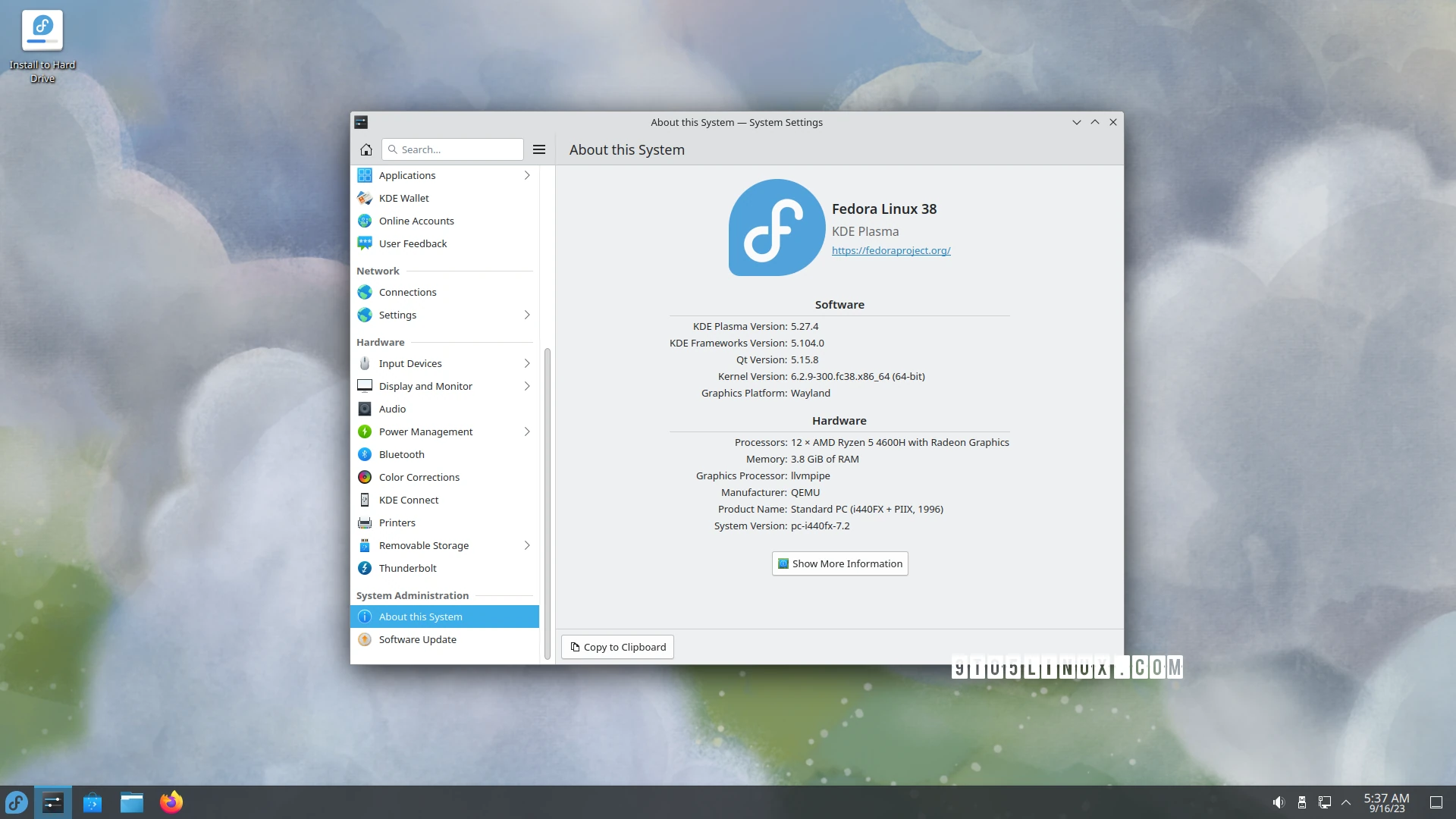RedHat announced two days ago they are abandoning X.org starting 2025. This is a done deal, there are no ifs.
Not a single BSD distribution including FreeBSD, NetBSD or OpenBSD, not a single remaining UNIX including AIX and Solaris has released any statements in regard to that.
What are you guys going to do? Your graphical display server is now declared abandonware.
Wayland for FreeBSD is considered highly experimental. Other BSDs and Unixes don't even incorporate it in any shape or form.
Have FreeBSD and UNIXes essentially become RedHat's hostages in terms of what software you're offering? That's a depressing thought.
Not a single BSD distribution including FreeBSD, NetBSD or OpenBSD, not a single remaining UNIX including AIX and Solaris has released any statements in regard to that.
What are you guys going to do? Your graphical display server is now declared abandonware.
Wayland for FreeBSD is considered highly experimental. Other BSDs and Unixes don't even incorporate it in any shape or form.
Have FreeBSD and UNIXes essentially become RedHat's hostages in terms of what software you're offering? That's a depressing thought.




